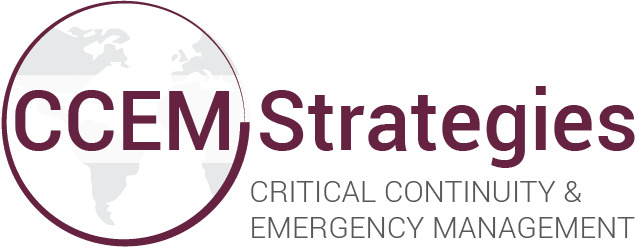As we’ve previously shared on our Emergency Management Matters blog, transportation plays a key and invaluable role for company operations, and is a vital element of emergency management. It provides the service that links companies to their suppliers, customers and employees — the consequences suffered when transportation services and infrastructure are impacted following a disaster, are far reaching.
In addition to transporting key supplies, resources and personnel, and getting from A to B in the event of a disaster — transportation services also facilitate emergency response and recovery actions by first responders. Transportation infrastructure enables first responders to attend to incident sites, and to move critical goods and supplies required post-emergency.
Lessons learned from recent events such as the Nepal earthquake in April 2015, show that following a large-scale earthquake, uninterrupted access to critical transportation infrastructure such as airports, ports and railroads, is essential.
Knowing in advance how and where to evacuate is vital in preparing for a disaster. By understanding where to obtain information related to evacuations and updates on your local government’s emergency management efforts (including the activation of disaster response routes), companies ensure their transportation and evacuation routes coordinate with the routes needed by first responders.
One of the main points from our Transporting Key Supplies article is to plan ahead and develop contingency plans to ensure that there are alternative routes and means in obtaining critical goods and services. By considering transportation in your risk assessment and planning for transportation impacts in advance, companies can apply solutions proactively rather than reacting to disaster events.
The time to prepare for an emergency is now — CCEM Strategies is here to help! If you and your organization need support reviewing and developing your risk assessments, enhancing emergency management or business continuity plans, and developing strategies for managing transportation impacts — contact us today!

